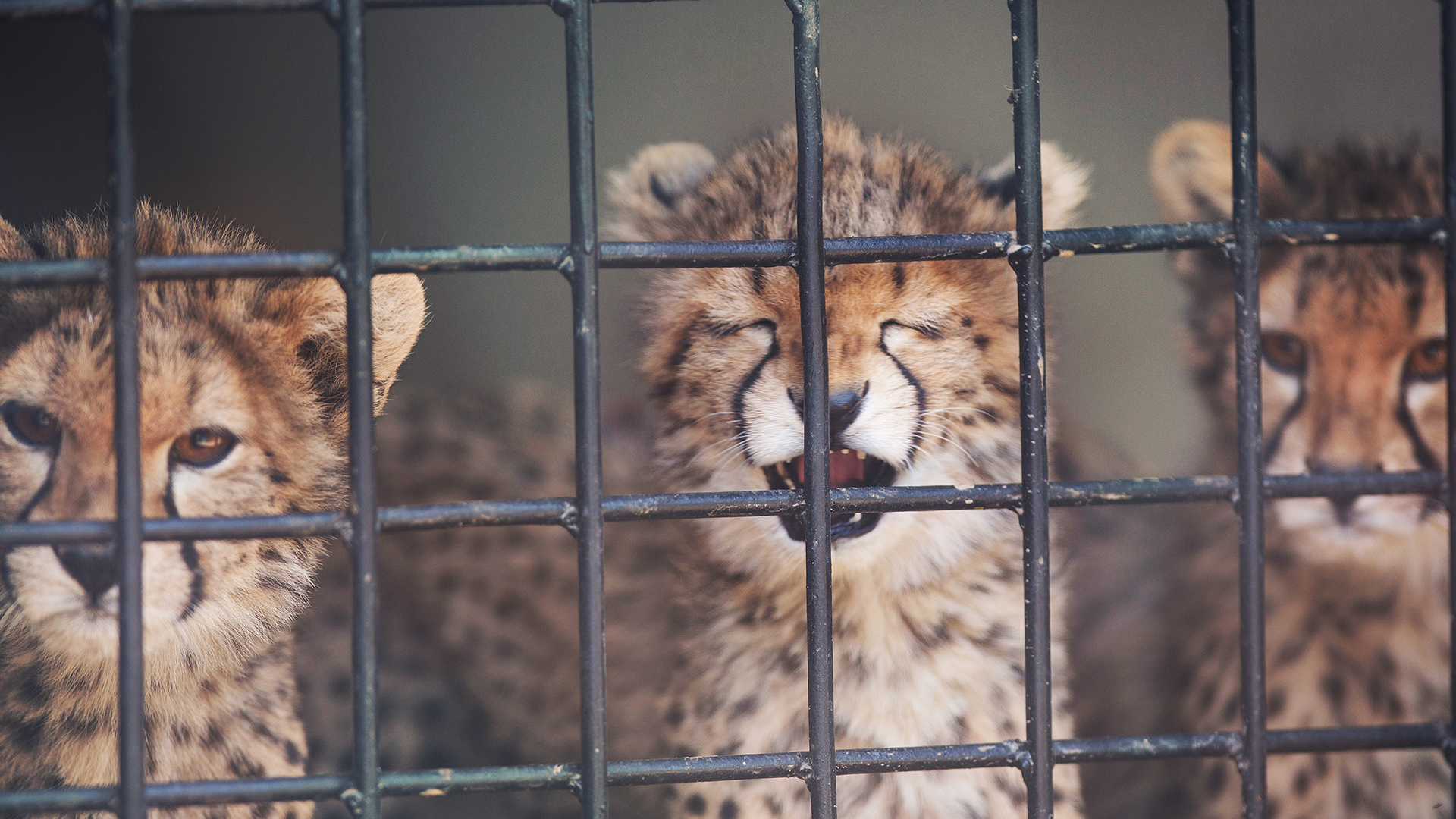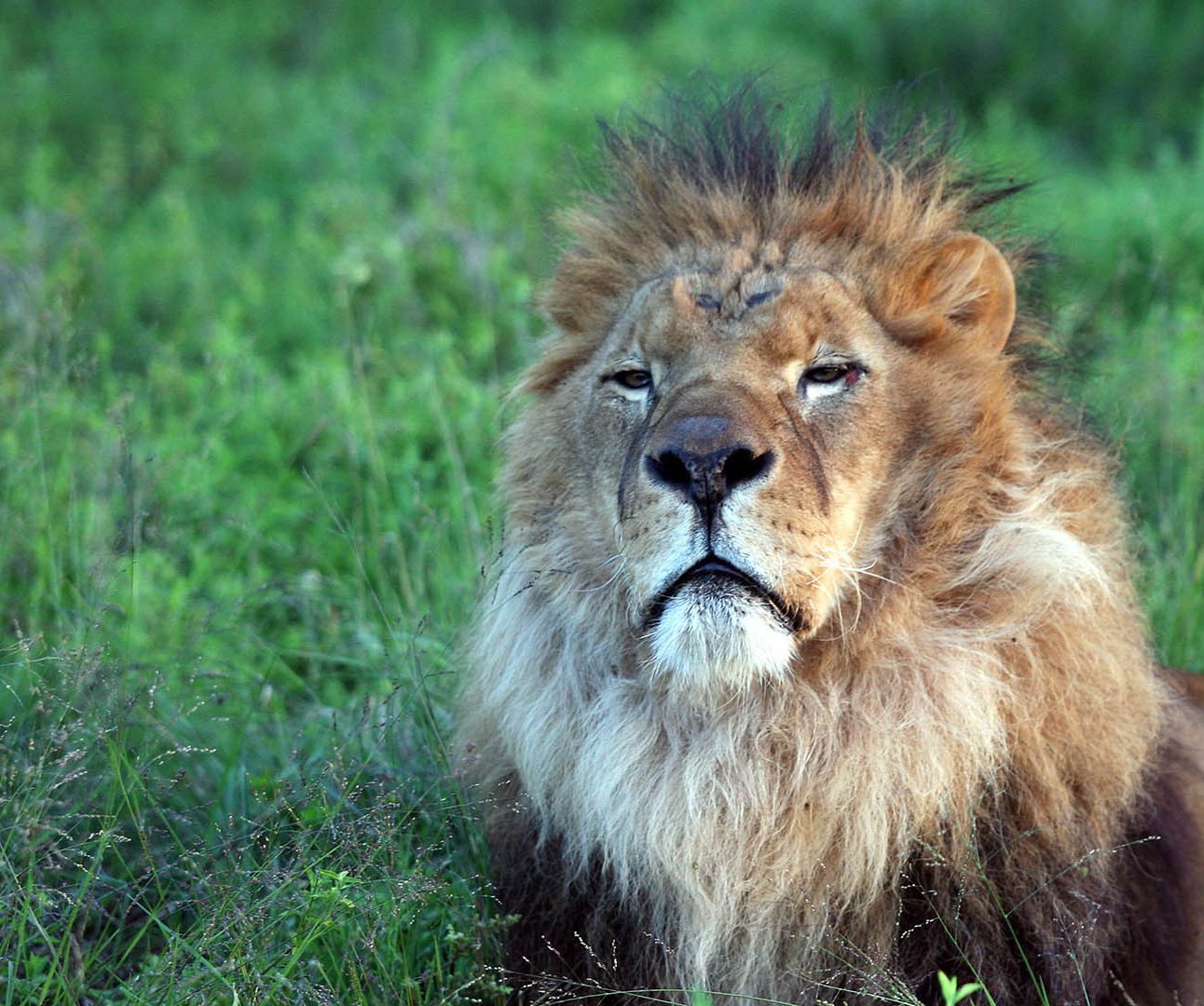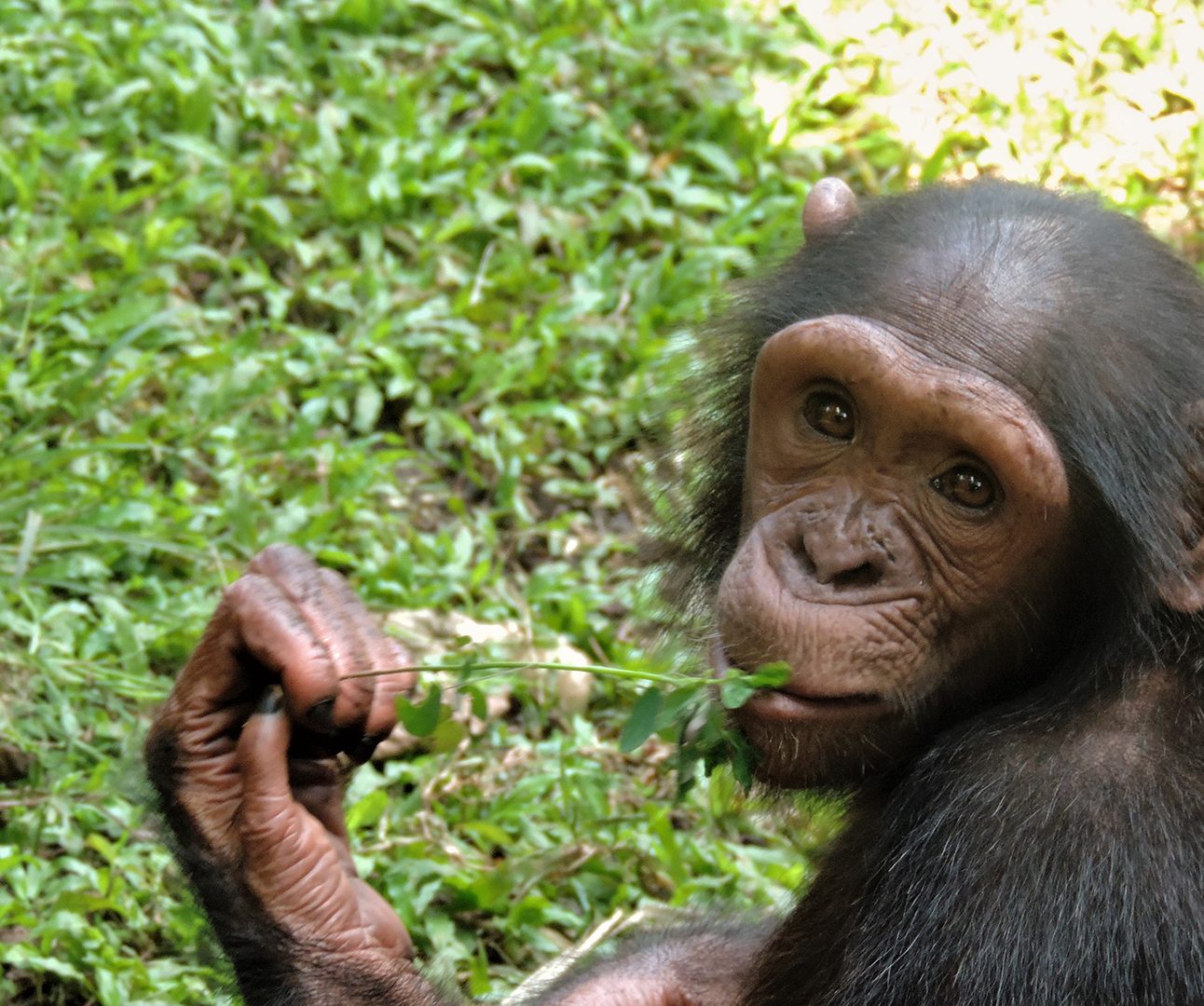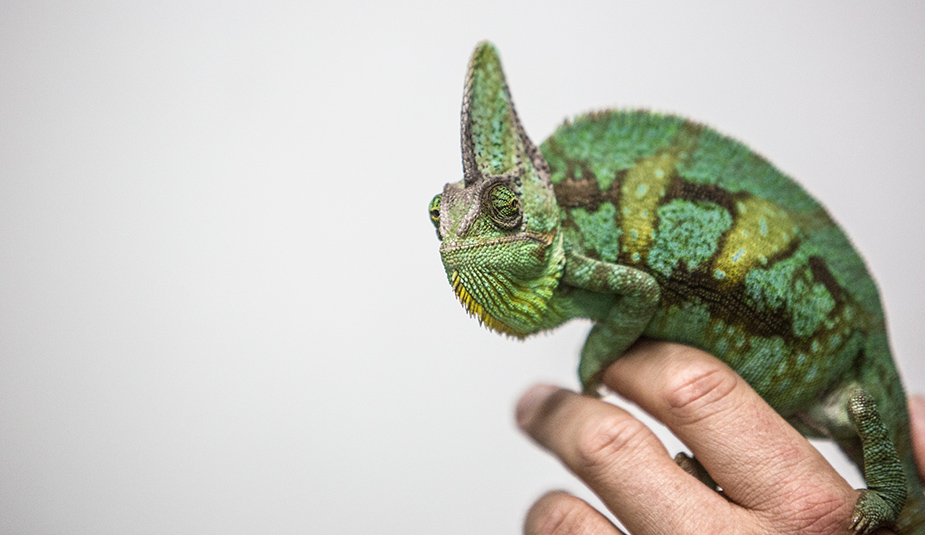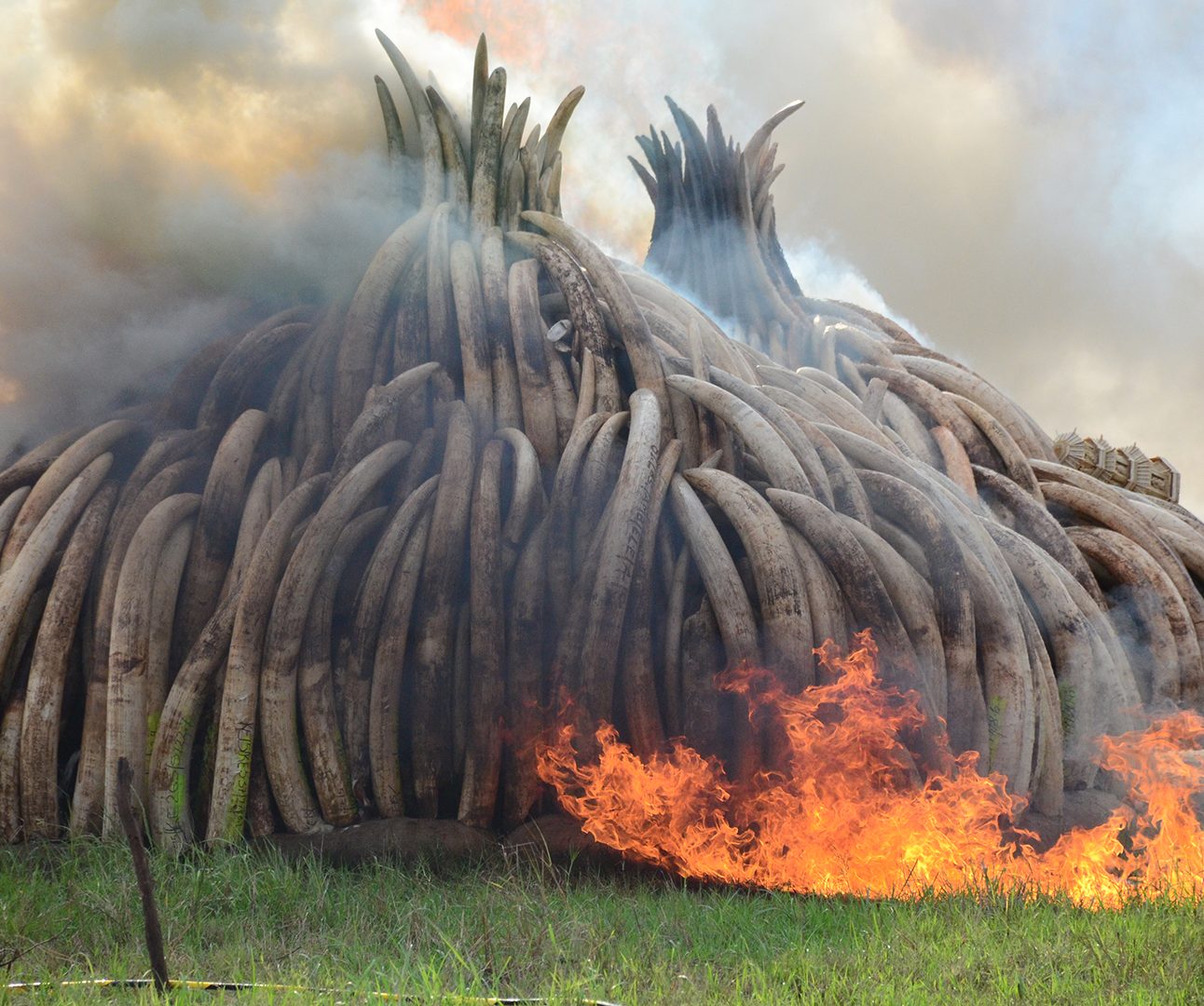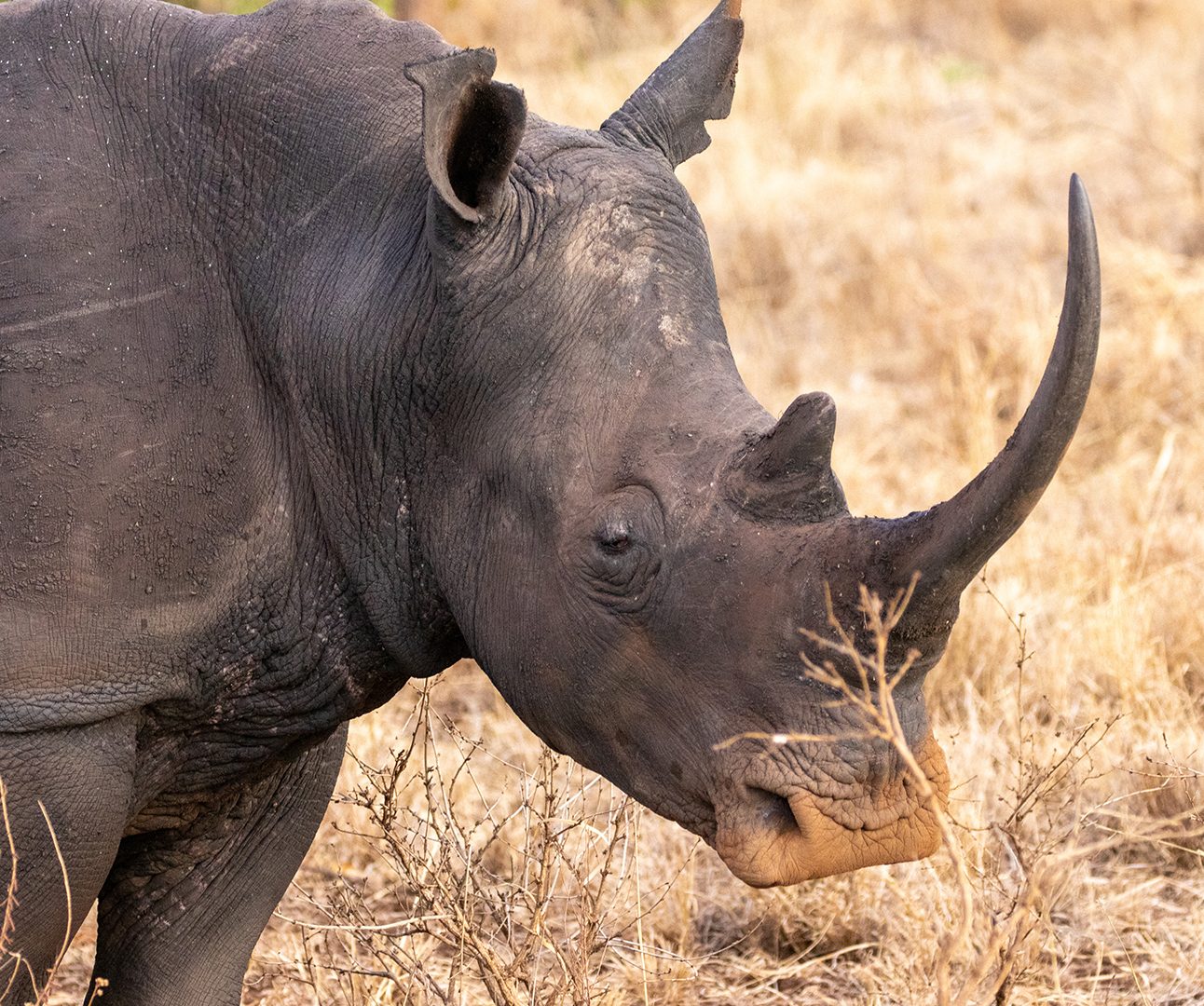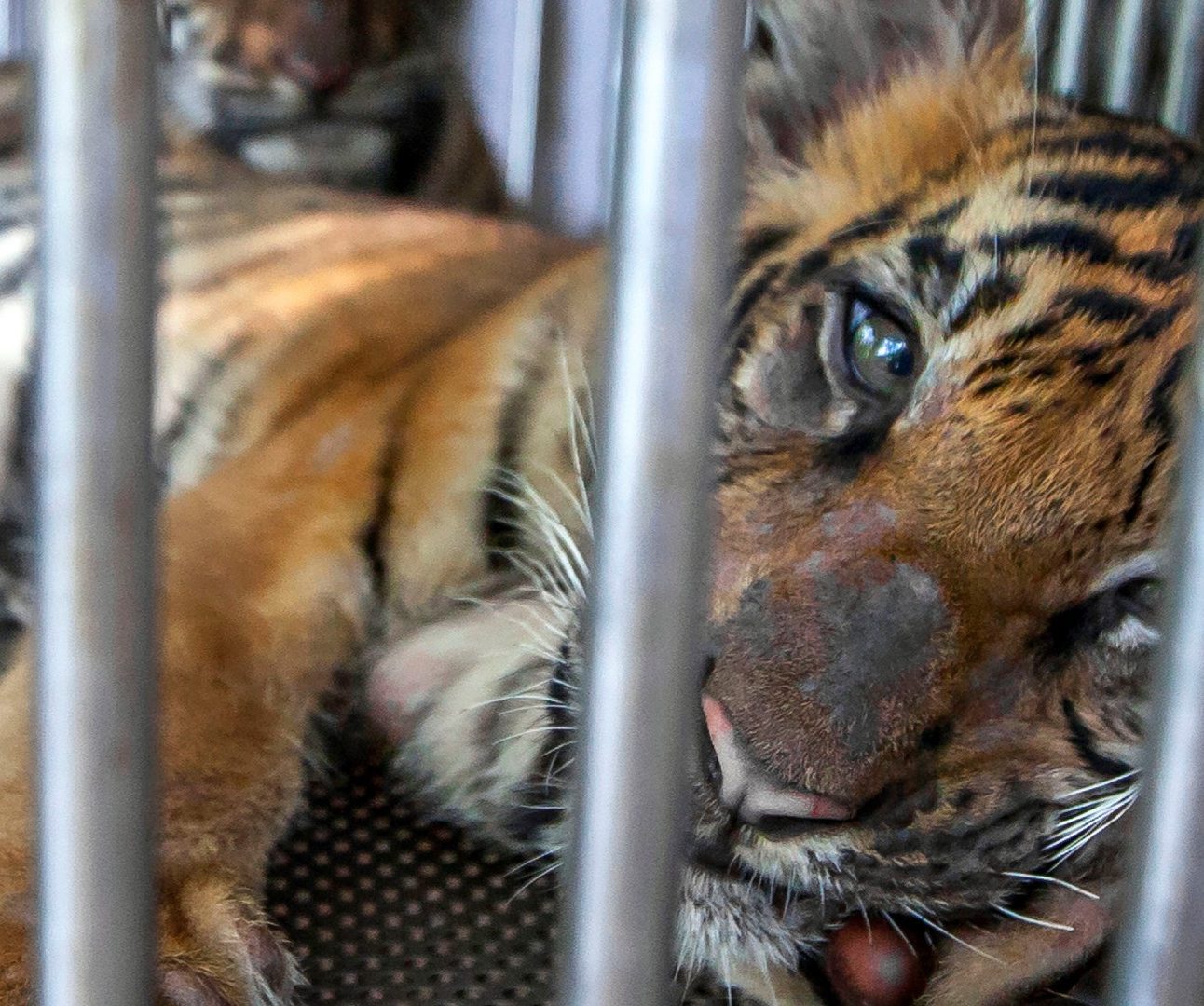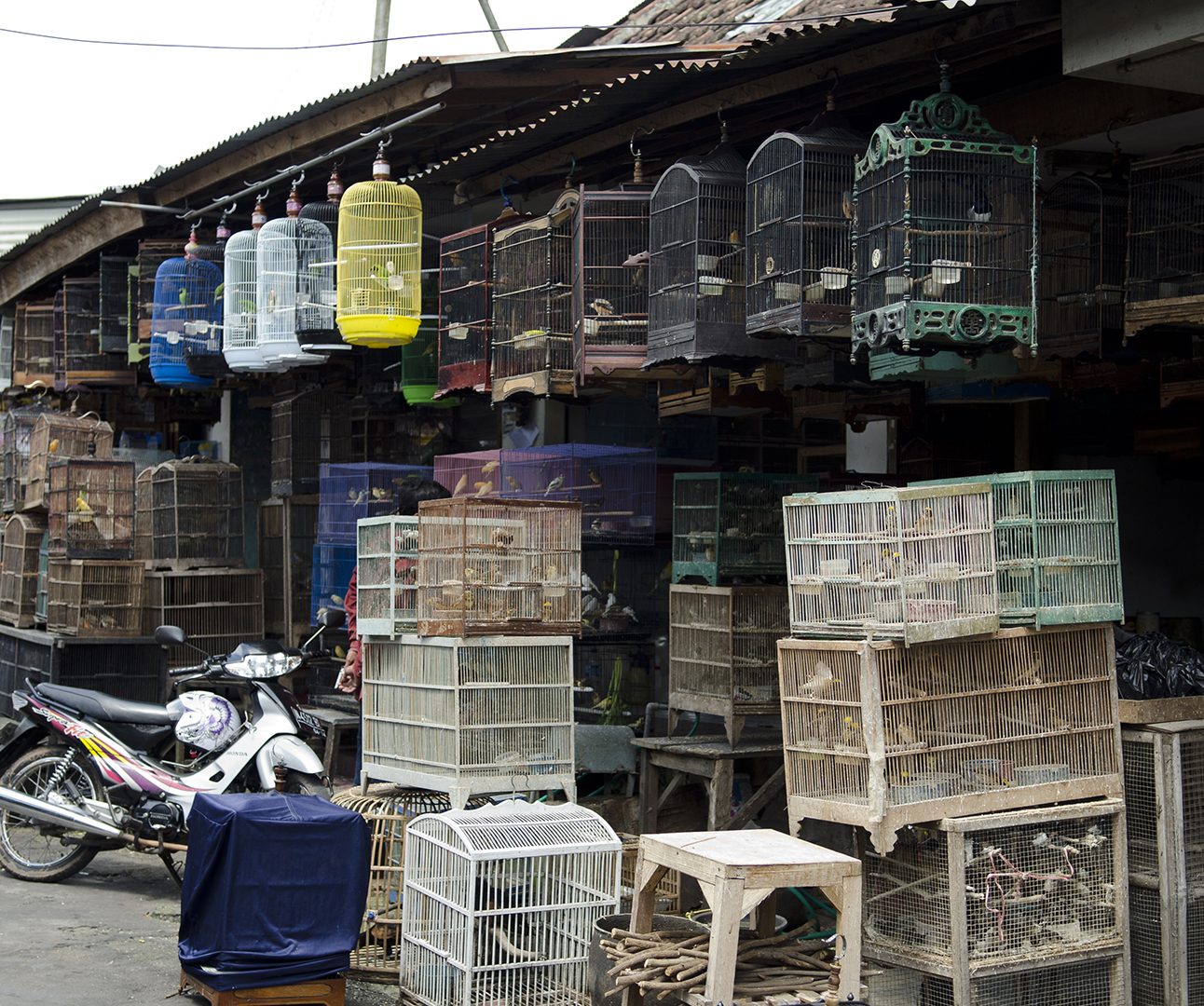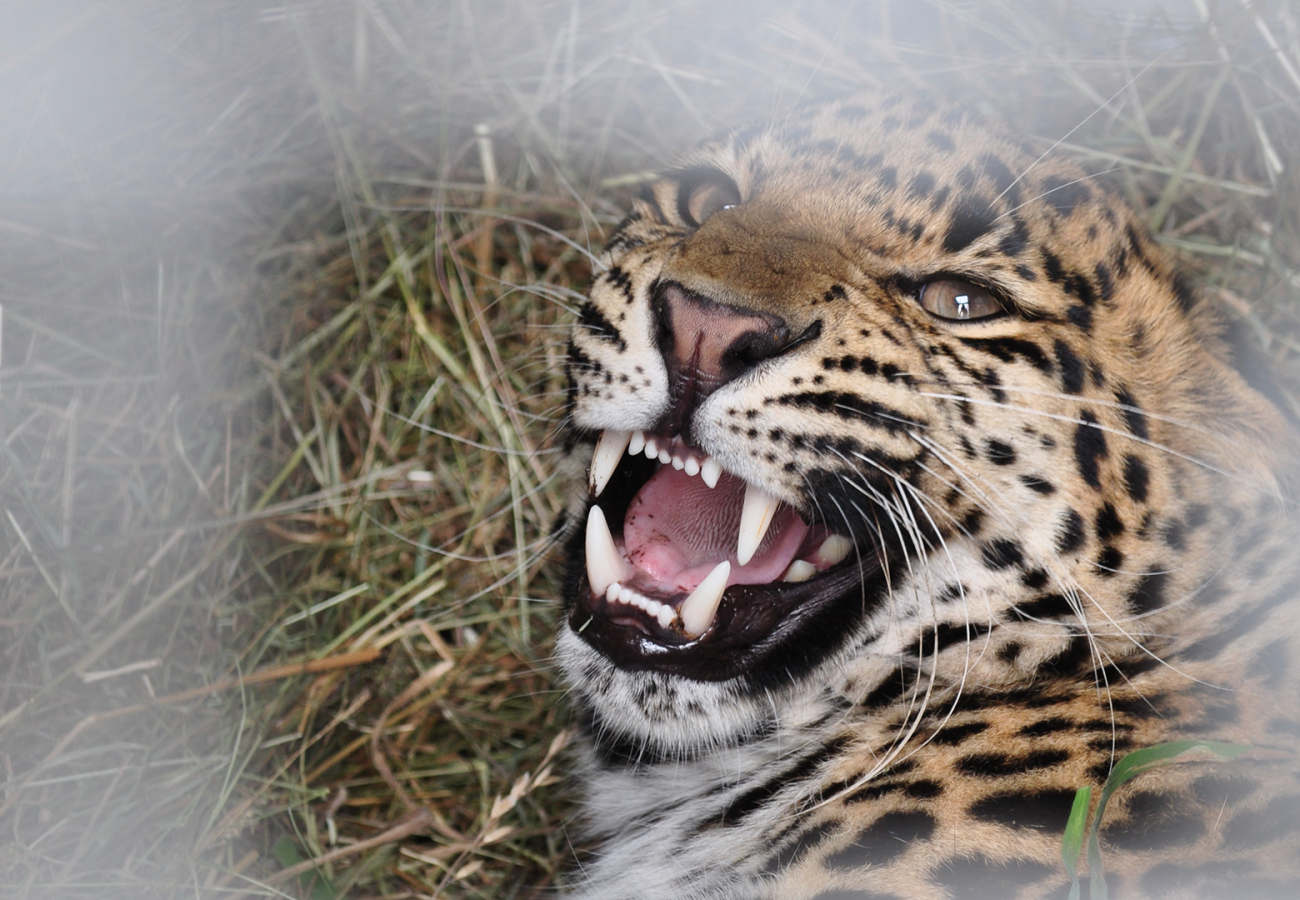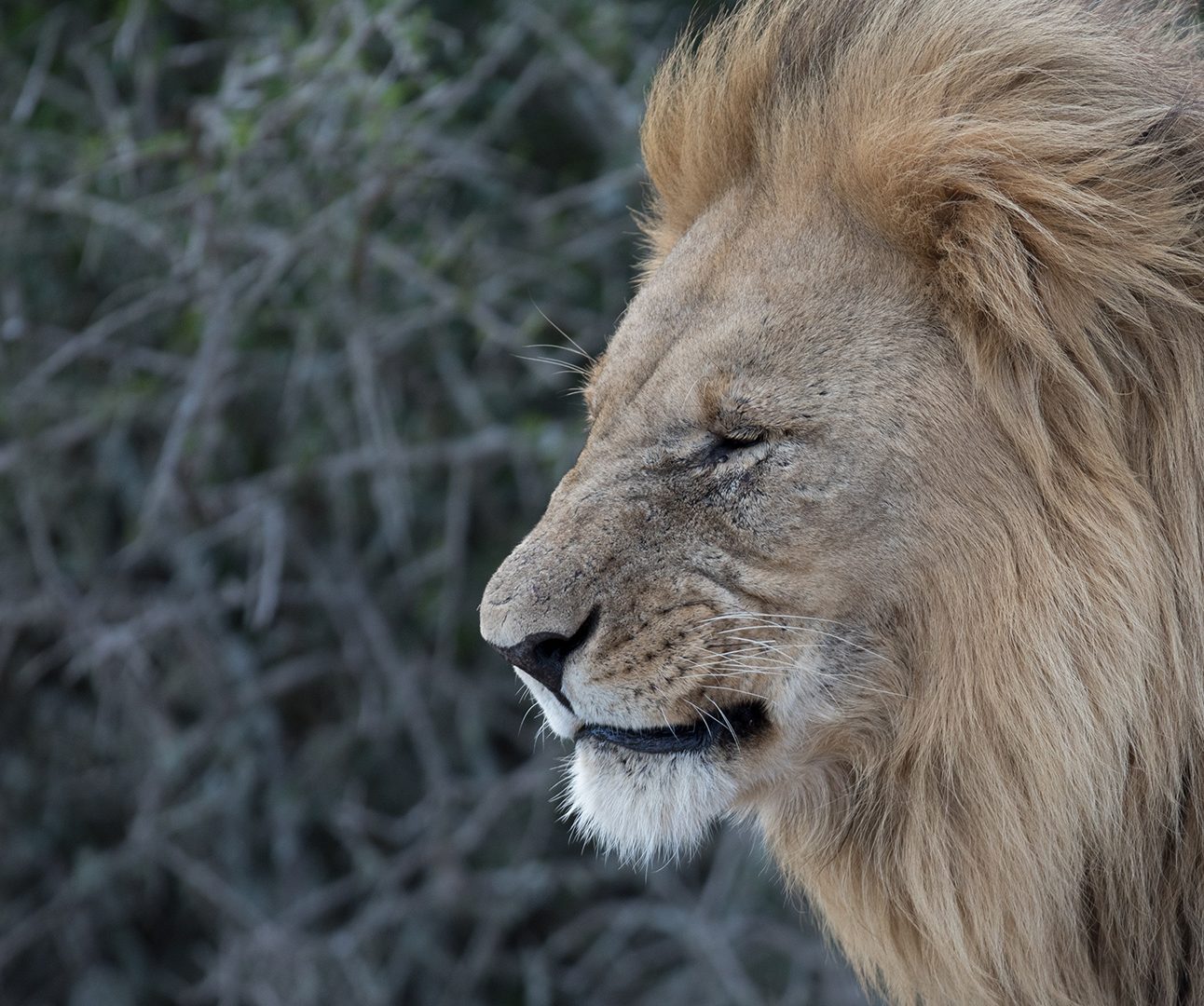
Wildlife trade is the buying and selling of animals and plants. It involves a multitude of countries, species and ‘commodities’ being exchanged. Entire animals and plants, living or dead, as well as parts and products made from them are traded. It can be legal or illegal, and both generate billions of dollars annually. After habitat destruction, wildlife trade is the second biggest threat to species survival.
Illegal wildlife trade is in of the broader category of wildlife crime, this ranges from killing an animal for subsistence, to selling it at a local bushmeat markets, to international trafficking in large volumes for high commercial gain.
How does the illegal wildlife trade work?
The illegal wildlife trade is big business with high returns. The industry involves organised crime groups who know that in many cases there is a low risk associated with removing wildlife from the wild and trafficking it across borders to where demand, and profits, exist.
Every year, millions of wild animals are brutally shot, trapped, poisoned and mutilated, kept in appalling conditions and traded by criminal networks. These networks rely on connections to political, military, police, customs, logistics companies and other facilitating networks to get their ‘product’ from source to market.
What effect is wildlife trade having?
The world’s natural heritage, including the future survival of many species is at stake – from the more charismatic elephants, rhinos, tigers and pangolins; to the less recognised but countless plants, reptiles, insects, amphibians and fish which are just as vital for the role they play in the global ecosystem. In terms of financial value, the highest by far lies in the trafficking of timber, threatening entire wildlife populations at an even greater scale.
However, animals and plants are not the only victims of wildlife trade – when vital ecological processes are eroded our own species suffers through loss of ecosystem services. For example, in the case of illegal trade it fosters corruption and undermines rule of law and can result in the loss of human life when protected area rangers and other wildlife defenders are murdered.
How can we end wildlife trade?
Tackling the illegal trade, estimated to be worth as much as US$20 billion a year (excluding the trafficking of timber and fish), requires a concerted response at a national, regional and international level. Born Free and its affiliates have been exposing the impacts of wildlife trafficking for many years. We work with governments, enforcement authorities and our fellow charities and NGOs to increase awareness of and improve the global response to the scourge of wildlife trafficking.

